Hydrostatic vs. Float Sensors: A Cost vs. Accuracy Guide
Liquid level measurement is a fundamental requirement across industries such as water treatment, agriculture, food processing, and manufacturing. Whether it’s monitoring the water level in a tank or ensuring chemicals are stored safely, reliable measurement prevents costly downtime, improves efficiency, and ensures safety compliance.
Two of the most common technologies for liquid level monitoring are Hydrostatic Sensors and Float Sensors. While both are effective in their own right, they differ significantly in terms of cost, accuracy, reliability, and suitability for specific applications.
This guide provides a detailed comparison of Hydrostatic vs. Float Sensors to help engineers, plant managers, and decision-makers choose the right solution for their needs.
How Hydrostatic Sensors Work
Hydrostatic Sensors measure liquid level based on the principle of hydrostatic pressure. The pressure at the bottom of a liquid column is directly proportional to the liquid height. A pressure transducer converts this pressure into an electrical signal, which can be calibrated to display the exact level of the liquid.
Key Features of Hydrostatic Sensors:
- Continuous liquid level monitoring
- High measurement accuracy
- Suitable for deep tanks and reservoirs
- Requires calibration to account for liquid density and temperature
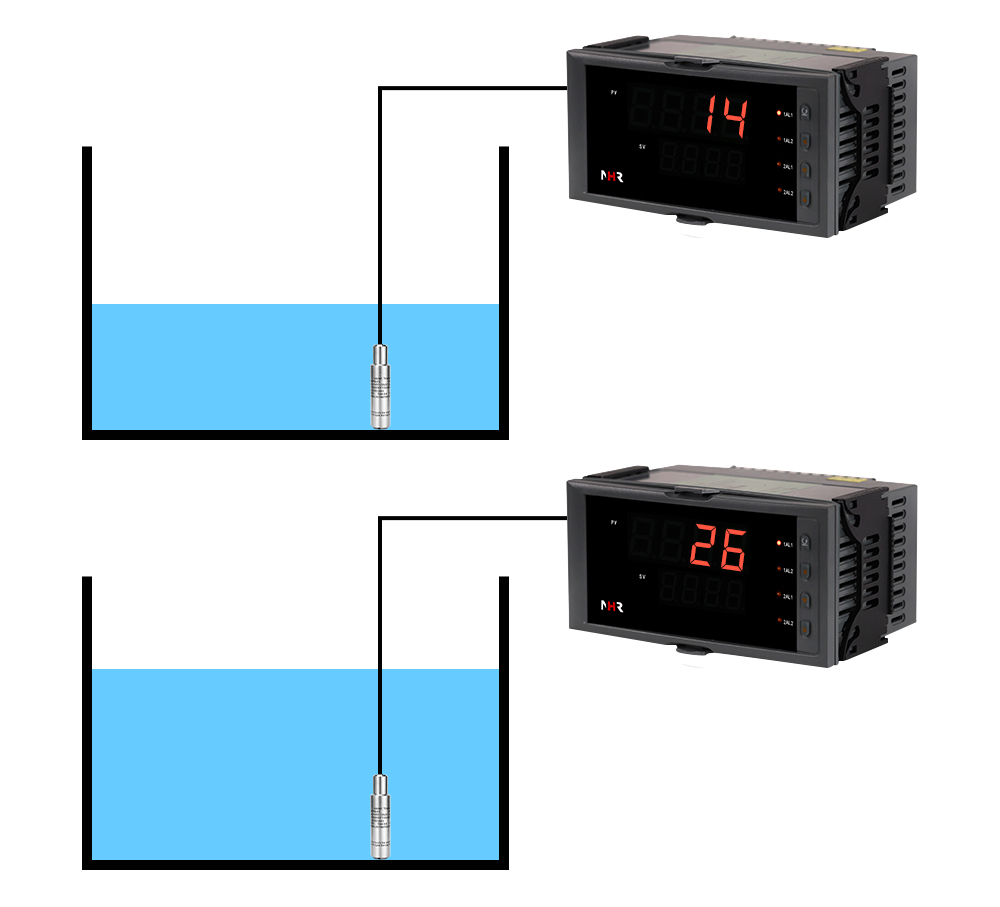
Because of their precision, Hydrostatic Sensors are often used in municipal water treatment plants, chemical tanks, and industrial storage systems.
How Float Sensors Work
Float Sensors operate on a simpler principle: a buoyant float moves up and down with the liquid level. This movement either triggers a switch or changes resistance/capacitance to indicate the level.
Key Features of Float Sensors:
- Cost-effective and easy to install
- Reliable for point-level detection (e.g., “high” or “low” alerts)
- Minimal electronics, making them rugged and simple
- Limited precision compared to hydrostatic technology
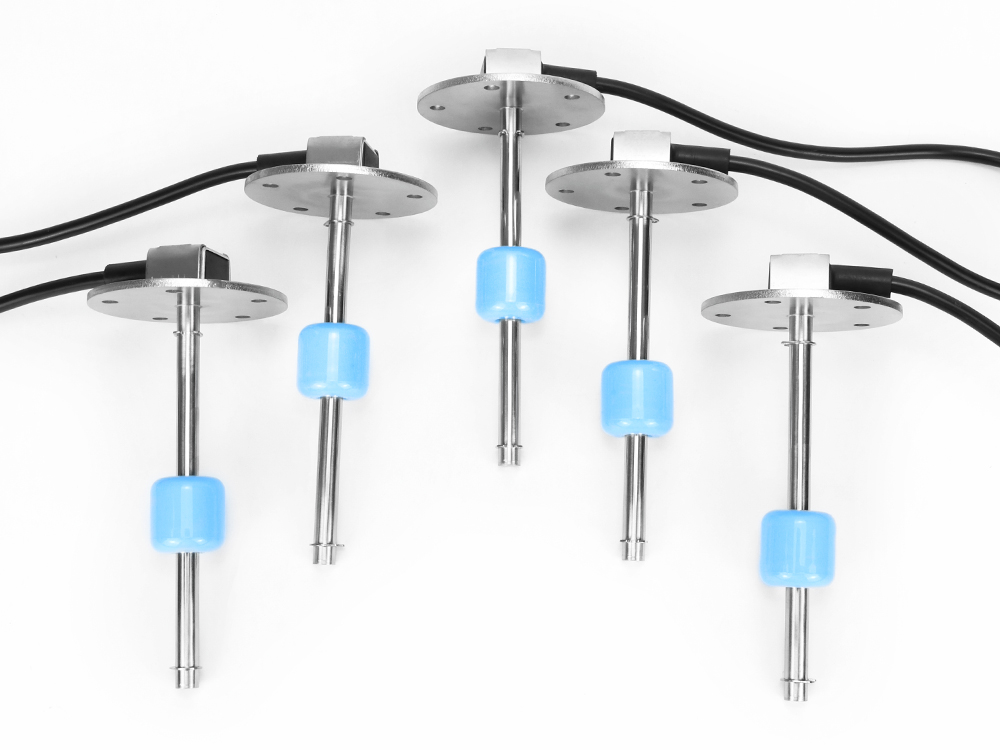
Float sensor product photo
Float Sensors are widely used in household appliances, small water tanks, and low-budget industrial projects where basic monitoring is sufficient.
Cost Comparison: Hydrostatic vs. Float Sensors
When evaluating Hydrostatic vs. Float Sensors, cost is usually the first factor to consider.
- Hydrostatic Sensors: Typically more expensive due to the advanced sensing element, signal conditioning electronics, and calibration requirements. Installation may involve additional setup such as vent tubes or pressure compensation systems.
- Float Sensors: Inexpensive and straightforward. Their simplicity means they have a low upfront cost and minimal maintenance expenses.
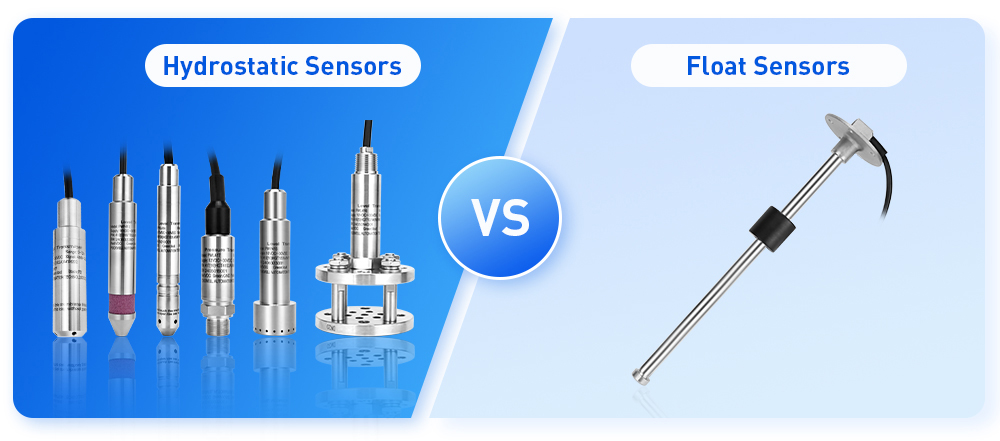
Hydrostatic vs float sensor cost comparison
Looking for cost-efficient liquid level solutions? Explore our full range of Hydrostatic and Float Sensors and request a free quote today.
Accuracy and Reliability
Accuracy is where Hydrostatic Sensors and Float Sensors show their biggest differences.
- Hydrostatic Sensors: Provide continuous and precise readings, often within ±0.1% of the measured span. However, accuracy can be influenced by fluid density, temperature, and trapped gas bubbles.
- Float Sensors: Offer point-level accuracy, which is sufficient for alarms or simple “on/off” control. They cannot deliver continuous high-resolution data like hydrostatic sensors.
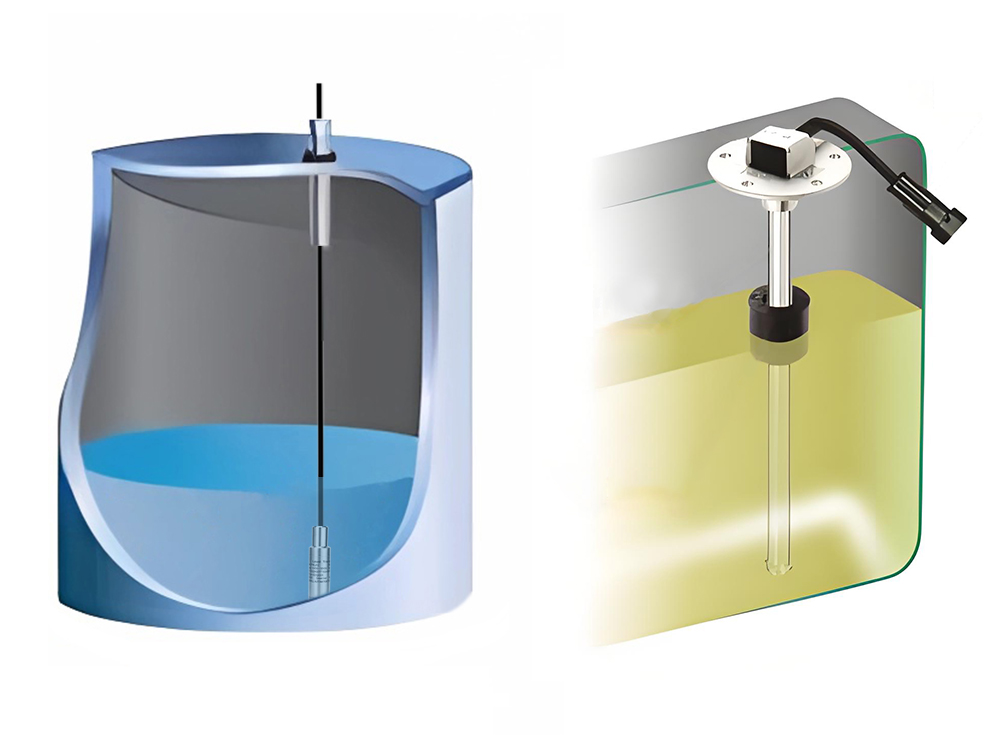
Hydrostatic and float sensor application.
Environmental Suitability
Environmental conditions often dictate which sensor technology is more appropriate.
- Hydrostatic Sensors: Better suited for industrial or municipal applications. They can measure deep tanks, handle pressurized systems, and integrate with SCADA or PLC control systems. However, they require protection from clogging and fouling in dirty liquids.
- Float Sensors: Perform well in clean liquids and simple environments. They can struggle in sticky, foamy, or viscous fluids where the float may get stuck.
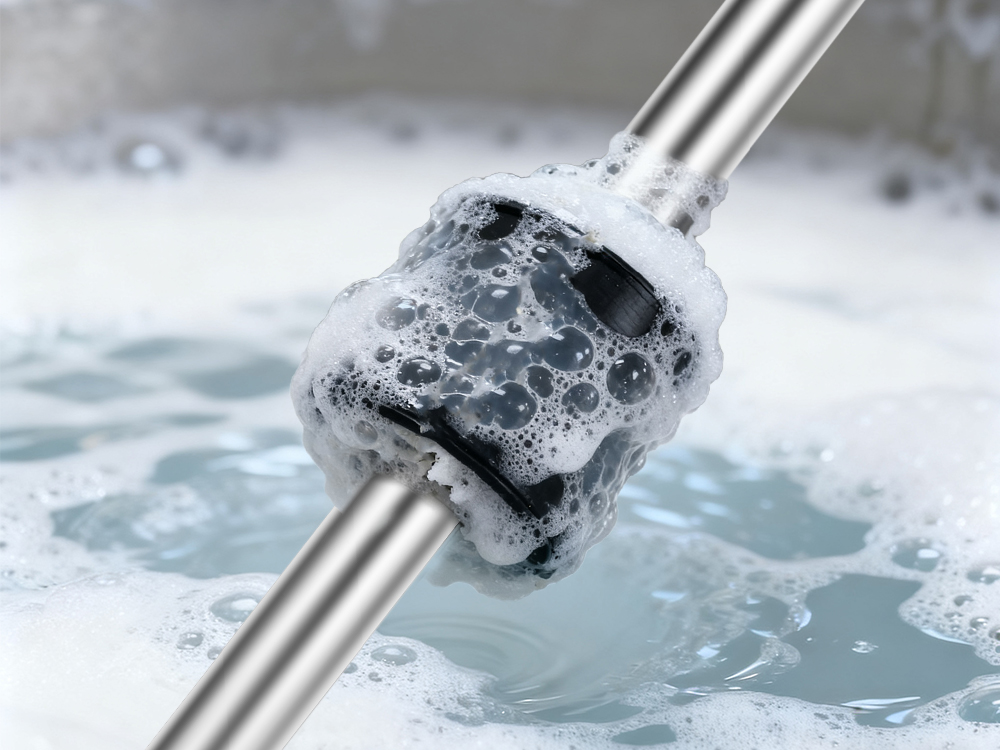
Application Scenarios
Hydrostatic Sensor Applications
- Municipal water and wastewater systems
- Chemical and oil storage tanks
- Agricultural irrigation reservoirs
- Industrial process control
Float Sensor Applications
- Household appliances like water dispensers or coffee machines
- Simple sump pumps and tanks
- Low-cost industrial systems where alarms suffice
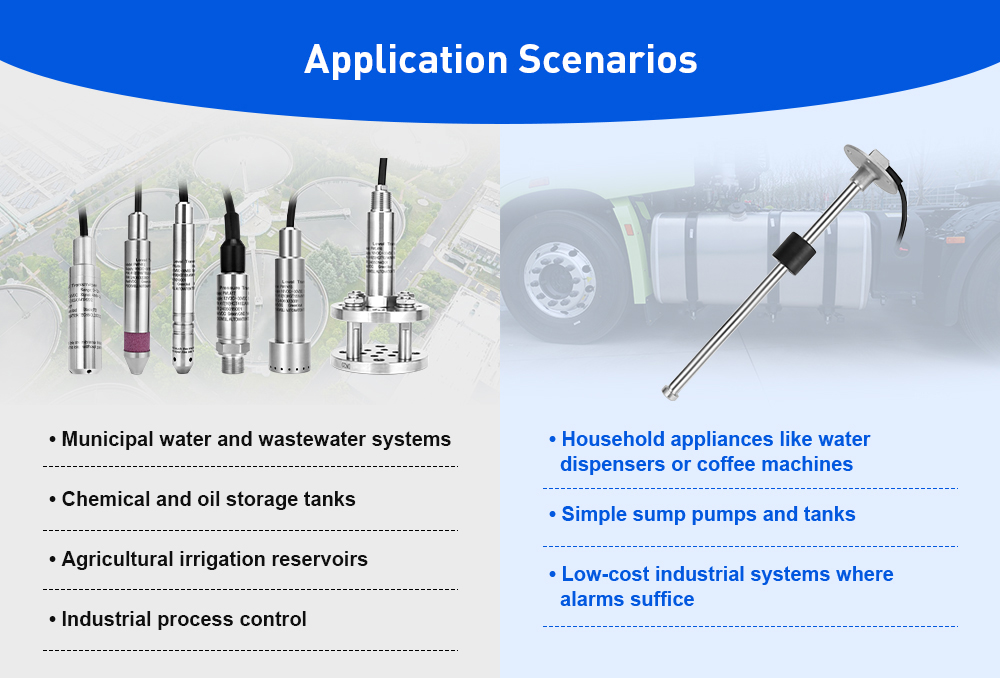
Hydrostatic vs float sensor applications
Pros and Cons Summary
| Feature | Hydrostatic Sensors | Float Sensors |
| Cost | Higher upfront and installation cost | Very low cost, budget-friendly |
| Accuracy | High precision, continuous measurement | Basic accuracy, point-level only |
| Installation | Requires calibration, moderate complexity | Simple and fast |
| Maintenance | Needs cleaning in dirty fluids | Minimal, but floats may jam |
| Best Applications | Industrial, municipal, agricultural | Household, small tanks, low budget |
Choosing the Right Sensor: Cost vs. Accuracy
The decision between Hydrostatic Sensors and Float Sensors often comes down to your priorities:
- If accuracy, continuous monitoring, and system integration are essential, Hydrostatic Sensors justify the higher cost.
- If your project is cost-sensitive and requires only basic level alerts, Float Sensors are the practical choice.
Not sure which sensor fits your application? Talk to our experts today and get tailored advice on Hydrostatic vs. Float Sensors for your project.
Conclusion
Both Hydrostatic and Float Sensors play an important role in liquid level measurement.
- Hydrostatic Sensors deliver continuous, high-precision data and are ideal for industrial and municipal applications.
- Float Sensors offer simplicity and affordability, making them the go-to choice for household appliances and low-budget systems.
By weighing cost vs. accuracy, you can determine which technology best matches your needs. Whether you’re managing a large-scale wastewater facility or just need to keep track of water in a small tank, the right choice will save you time, money, and maintenance headaches.
Explore our sensor solutions today. From Hydrostatic Sensors built for industrial precision to Float Sensors designed for simplicity and affordability, we have the right technology for your application.
FAQ: Hydrostatic vs. Float Sensors
-
What is a Hydrostatic Sensor?
A Hydrostatic Sensor measures liquid level by detecting the hydrostatic pressure at the bottom of a tank or reservoir. It provides continuous and highly accurate readings, making it suitable for industrial and municipal applications.
-
What is a Float Sensor?
A Float Sensor uses a buoyant float that rises and falls with the liquid level. It is a simple, cost-effective solution, typically used for point-level detection in small tanks and household appliances.
-
Which is more accurate: Hydrostatic or Float Sensors?
Hydrostatic Sensors are generally more accurate because they offer continuous liquid level monitoring. Float Sensors are reliable for basic “high” or “low” level detection but do not provide precise measurements.
-
Are Float Sensors cheaper than Hydrostatic Sensors?
Yes. Float Sensors are usually more affordable, both in terms of initial cost and installation. Hydrostatic Sensors require more advanced components and calibration, which makes them more expensive.
-
Which sensor type is better for industrial applications?
Hydrostatic Sensors are better suited for industrial applications because they provide high accuracy, can monitor deep tanks, and integrate with control systems. Float Sensors are more suitable for simple, budget-sensitive projects.
-
Do Hydrostatic Sensors require maintenance?
Yes. Hydrostatic Sensors may require periodic cleaning to prevent clogging, especially in dirty or viscous liquids. Float Sensors, on the other hand, have fewer electronics but can jam if debris blocks the float.
-
How do I choose between Hydrostatic and Float Sensors?
If your priority is accuracy and continuous monitoring, choose a Hydrostatic Sensor. If your application only needs basic level alerts at a lower cost, a Float Sensor is the better option.
 English
English Spanish
Spanish
